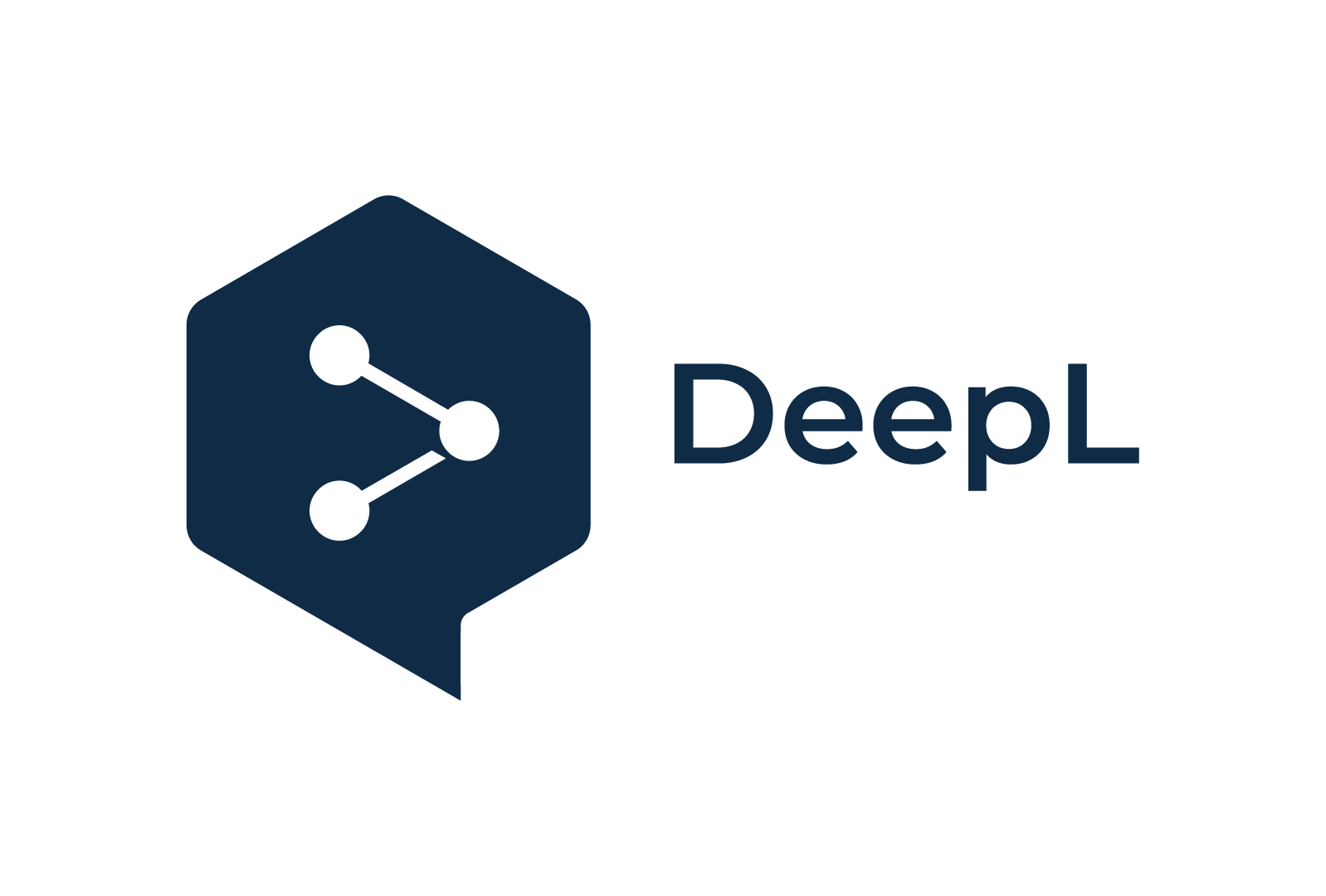Google Translate has been around for a very long time and has been the main translation tool that comes to mind when we need to translate words from one language to another. However, in the past few years, I have been using DeepL instead. It uses “artificial intelligence to replicate human intelligence when translating documents” (LinkedIn, 2022) and provides more natural translations than the other translation tools. Users can replace words in the text with other words suggested by the tool and it would learn from this action.
I always thought of these technologies as supportive tools helping us in our daily lives until I read the research “Using DeepL translator in learning English as an applied foreign language – An empirical pilot study” by Petra Polakova and Blanka Klimova which made me realize that it could also be a learning tool. To summarize the results of this research, students were able to improve their writing skills and use DeepL as a learning tool by translating a text they wrote in their native language and comparing it to the text translated using the tool. The benefits of doing this include identifying grammatical and syntactic mistakes and learning new vocabulary.
If you have not tried DeepL yet, I would strongly recommend you do so.

References
Cheng, C. (2022, October 8). The Pros & Cons of DeepL Translate. LinkedIn. https://www.linkedin.com/pulse/pros-cons-deepl-translate-clint-cheng#:~:text=Pros%20of%20DeepL%20Translate&text=The%20DeepL%20algorithm%20utilizes%20artificial,often%20missed%20by%20Google%20Translate.
Polakova, P., & Klimova, B. (2023). Using DeepL translator in learning English as an applied foreign language – An empirical pilot study. Heliyon, 9(8). https://doi.org/10.1016/j.heliyon.2023.e18595
Thank you – I value this post as it presents an educationally valuable alternative to Google Translate. I have several international high school students in my classes who have arrived with low levels of English proficiency. Humanities classes are understandably challenging, and their use of Google Translate is quite constant. DeepL looks like a good alternative, and your suggestion that it is, in fact, a learning tool is reassuring. I often question the value of Google Translate in class and whether they are in fact learning through its use.
Thank you for your thoughts,
Steve